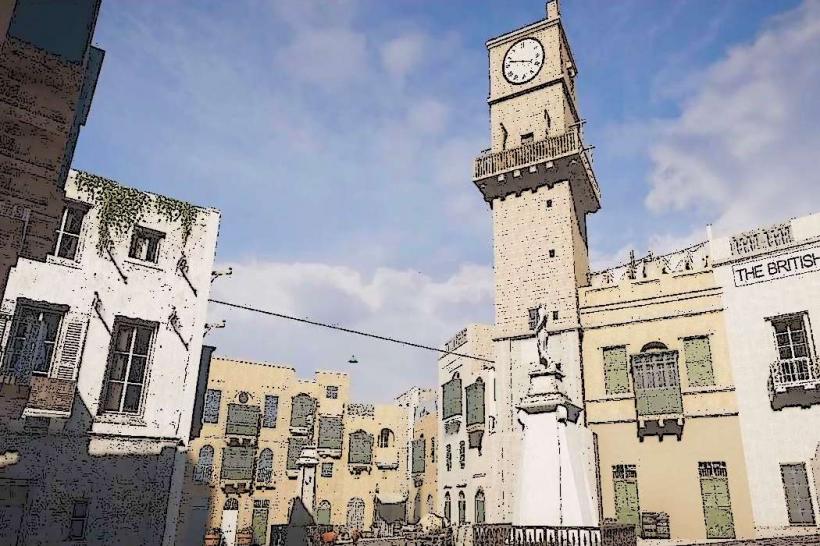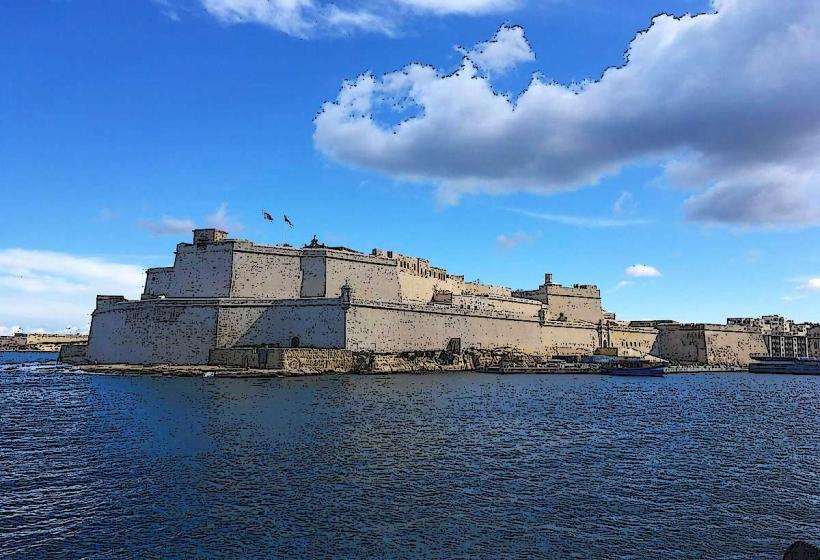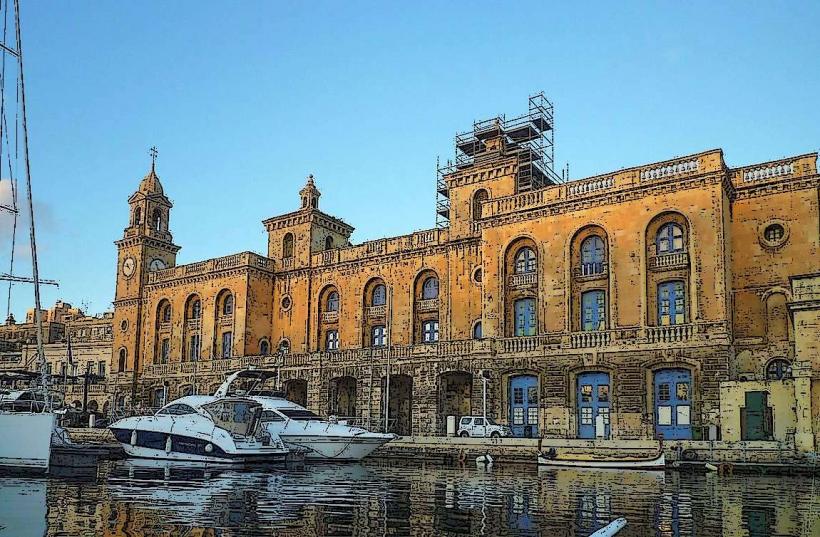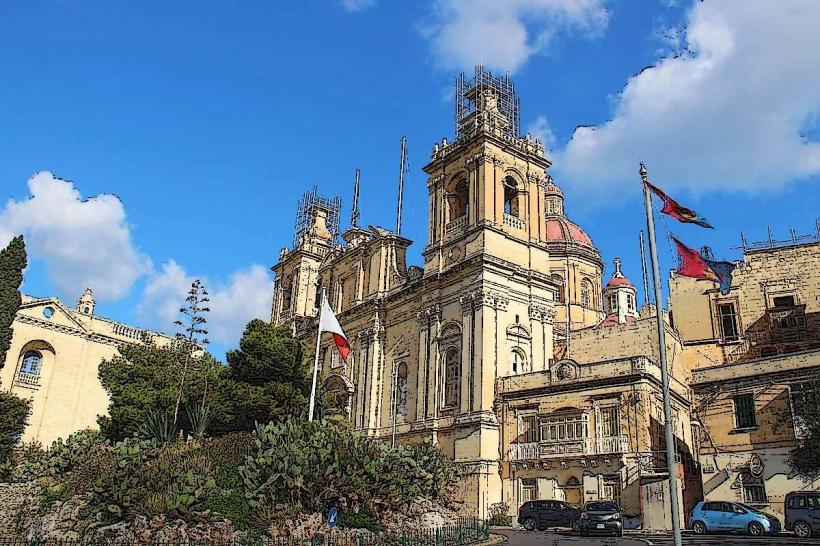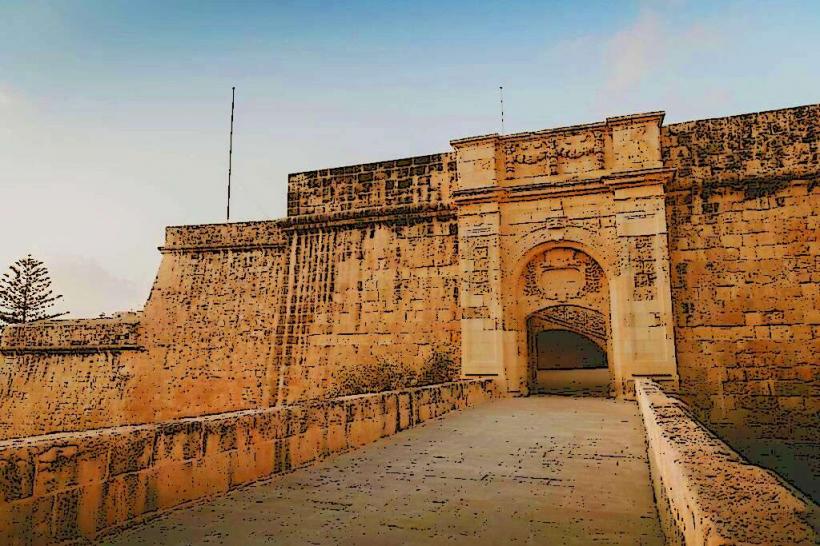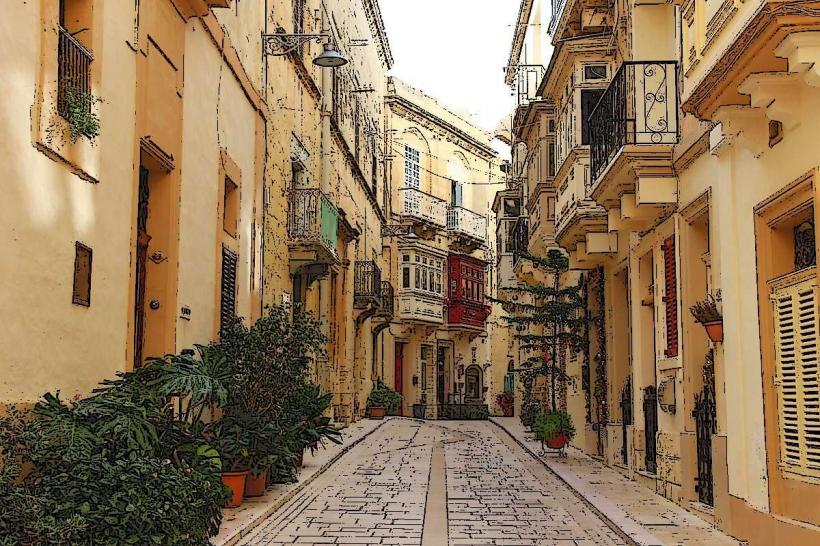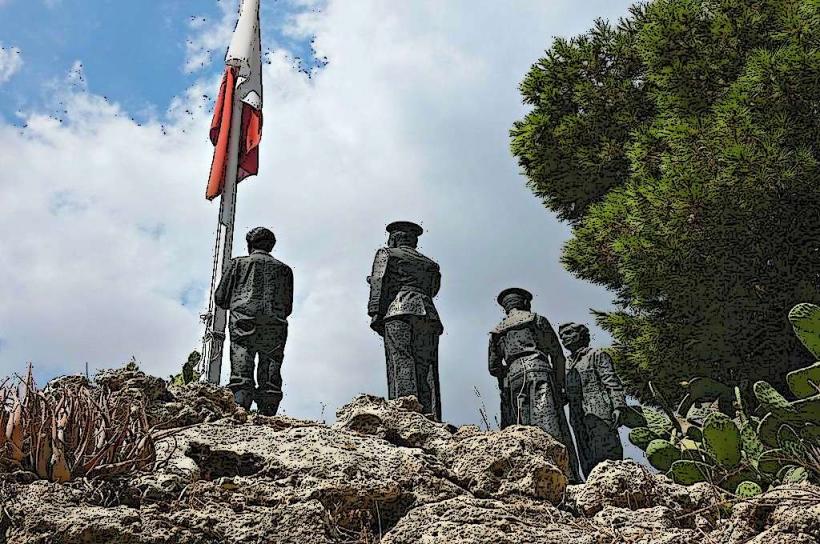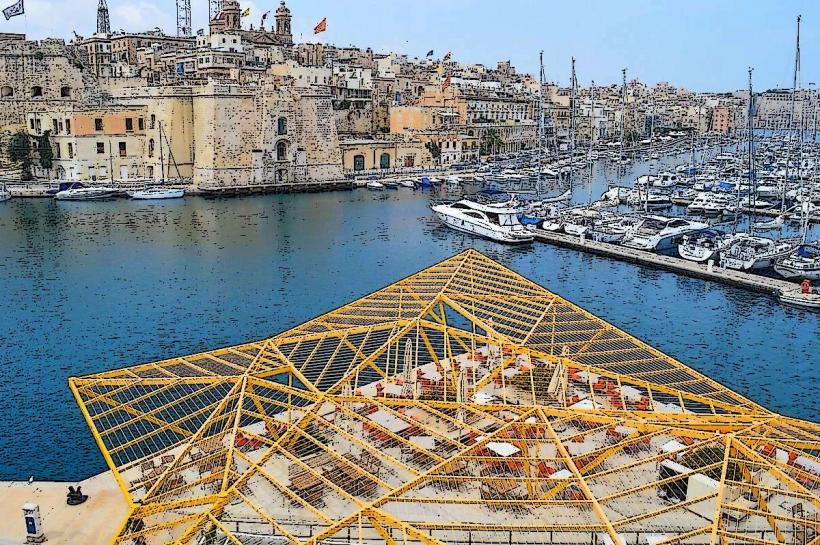Information
Landmark: Inquisitor's PalaceCity: Birgu
Country: Malta
Continent: Europe
The Inquisitor’s Palace (Maltese: Palazz tal-Inkwiżitur) is a historically significant building located in Vittoriosa (Birgu), one of the Three Cities in Malta. It was the residence of the Inquisitors of Malta, who served as representatives of the Holy Roman Inquisition during the time of the Knights of St. John in the 16th to 18th centuries. The palace is a key example of the Knights’ political and religious influence on Malta and its legal and judicial history.
Historical Background
- The Inquisitor’s Palace was originally built in the 16th century, likely around 1574, after the Knights of St. John arrived in Malta in 1530. The Holy Inquisition was established in Malta to enforce Catholic orthodoxy, punish heresy, and deal with religious dissent.
- In 1574, the building was chosen as the residence and office for the Inquisitor, the head of the Inquisition in Malta, who was appointed by the Pope. The Inquisitor had the authority to prosecute those accused of heresy, blasphemy, witchcraft, and other religious crimes. The palace served both as a living quarters for the inquisitors and as the site of judicial proceedings.
- The building underwent several renovations and extensions over time, particularly in the 17th and 18th centuries, to accommodate the growing influence of the Inquisition and the needs of the Inquisitor's office.
- The Inquisitor’s Palace remained the official residence of the Inquisitors of Malta until the French occupation of Malta in 1798. Following the French expulsion, the building served other purposes, including as a government building. The role of the Inquisition in Malta was officially abolished in 1824.
- In 1998, the Inquisitor’s Palace was opened to the public as a museum, managed by Heritage Malta.
Architectural Features
- The Inquisitor’s Palace is an excellent example of Baroque architecture mixed with Renaissance and Mannerist styles. The building is characterized by imposing walls, symmetrical design, and ornate stonework that reflect the power and authority of the Inquisitor’s office.
- The façade is distinguished by its large windows, balconies, and coats of arms representing the Knights of St. John. The building is made of local limestone and features several decorative elements that highlight its religious and judicial significance.
- The interior of the palace is equally impressive, with elegant rooms furnished to reflect the lifestyle of the inquisitors. The palace includes grand reception rooms, a chapel, and a series of offices where trials and investigations were held. The rooms are decorated with frescoes and paintings, many of which depict religious themes and figures from the period.
The Inquisitor’s Court and Prison
- The palace also housed the Inquisitor’s Court, where trials were held. This courtroom was used for the judicial process, and it is where the accused would face trial for charges such as blasphemy, witchcraft, or other heretical acts. The trials often involved the use of interrogation techniques and could result in severe punishments.
- In the underground levels of the palace, visitors can explore the prison cells where those accused by the Inquisition were detained. The cells are stark and dark, reflecting the harsh conditions that prisoners would have faced during their confinement. Some of the cells are thought to have been used for torture or interrogation.
- The interrogation rooms and torture chambers are a chilling reminder of the religious zealotry of the era, where individuals were often punished for offenses against the Catholic faith, including protestantism, Judaism, and Islam, among others.
Exhibits and Collections
- Today, the Inquisitor’s Palace houses a museum that offers an in-depth look at the history of the Inquisition in Malta and its impact on the local population. The museum’s exhibits include historical documents, artifacts, and furniture from the period of the Inquisition.
- The museum provides detailed displays about the role of the Inquisition in Malta’s religious life, the accusations and trials carried out by the Inquisitors, and the methods of interrogation used during that period.
- Visitors can also learn about the social and cultural impact of the Inquisition, and how it affected Malta’s relationship with the Catholic Church and its residents. The museum also sheds light on the daily life of the Inquisitor, as well as the social hierarchy within the building and the secrets that were held within its walls.
Location and Accessibility
- The Inquisitor’s Palace is located in Vittoriosa (Birgu), one of the Three Cities, making it easily accessible for visitors exploring the Grand Harbour area. It is within walking distance from other historical sites, such as Fort St. Angelo, The Malta Maritime Museum, and Birgu Clock Tower.
- The palace is open to the public throughout the year, and it is managed by Heritage Malta, the national agency responsible for the preservation and promotion of the island’s cultural heritage.
Conclusion
The Inquisitor’s Palace is a fascinating and evocative historical site in Malta, offering visitors a glimpse into the island’s religious and judicial past. As the residence of the Inquisitors of Malta for centuries, it played a crucial role in the religious and legal life of the island under the Knights of St. John. Today, the palace serves as a museum, showcasing the darker aspects of Malta’s history, including the torture, trials, and executions that took place under the Inquisition. It is a must-visit for those interested in Malta’s religious history, medieval justice, and the legacy of the Knights of St. John.

